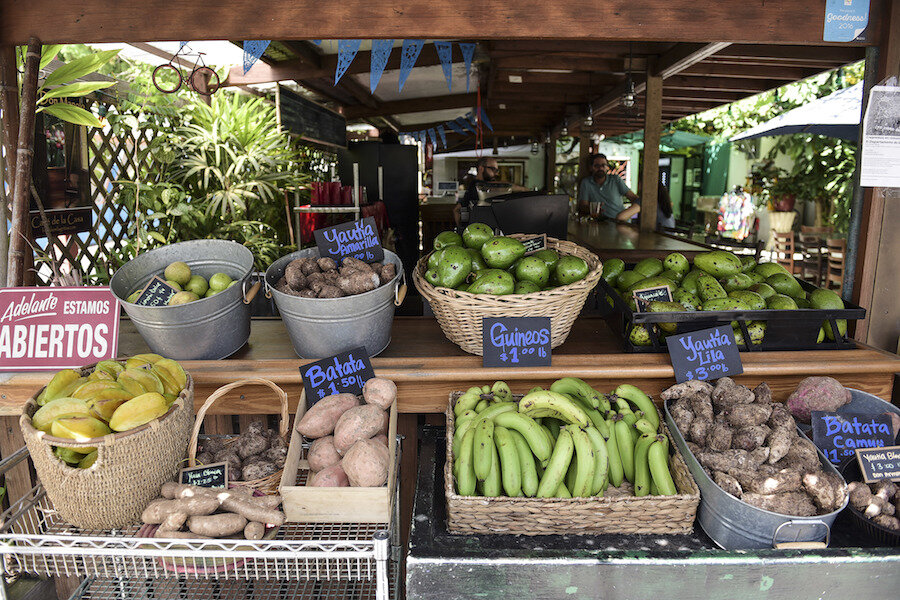How trade agreements are helping the US meet demand for organics
Loading...
According to the Organic Trade Association’s (OTA) 2016 Organic Industry Survey, total organic product sales hit US$43.3 billion, its largest annual dollar gain ever. Consumer demand for organic products is growing, but supply chain challenges constrain this growth as domestic producers struggle to keep pace. According to an OTA State of the Industry Report, organic sales account for almost five percent of the total food market, yet less than one percent of U.S. cropland is utilized for organic production.
One way U.S. markets meet the growing consumer demand for organic products is increased trade of organic materials through organic equivalency arrangements, which lower international trade barriers. Beginning in 2009, the U.S. has entered into numerous organic equivalency arrangements with other countries, including Canada, the European Union, Japan, Switzerland, South Korea, and is currently in the process of establishing an arrangement with Mexico.
To help us better understand what an organic equivalency arrangement is, Food Tank spoke with Monique Marez, Director of International Trade for the OTA.
Food Tank (FT): Can you explain to Food Tank readers what an organic equivalency arrangement is?
Monique Marez (MM): An organic equivalency arrangement is a trade arrangement between two countries by which organic products certified in one partner country can be sold as organic in the other, and vice versa, without additional organic certification. It is a mutual understanding that each country’s organic system is equivalent to the partner country and that organic integrity is maintained in both regions.
FT: Why is it important to establish organic equivalency between countries?
MM: It’s important for governments, industry, and consumers. Governments can ensure the high standards set forth in national organic programs are upheld with equivalency partners. Farmers and manufacturers are able to access new markets to sell their products, or find in-put supplies without additional certification. They are good for consumers because now there are even more organic options available for purchase.
FT: Can you give us an example of how this works?
MM: This means that a salsa maker from Pueblo, Colorado can certify their product under the U.S. Department of Agriculture (USDA) National Organic Program (NOP) and then sell their products as organic in the European Union, with the EU Organic seal, without additional certification; saving both time and money.
FT: How are the different organic standards assessed?
MM: Organic standards from the United States are compared line by line with the organic standards of a potential equivalency partner. Onsite inspections, certifier inspections, and other face-to-face discussions determine where the standards are the same, different, or need additional clarification.
FT: Have organic equivalency arrangements helped the U.S. meet the growing consumer demand for organic products despite supply chain challenges?
MM: Yes, organic equivalency arrangements have helped many companies find organic supplies when domestic quantities are low.
FT: Do organic equivalency arrangements impact the organic standard?
MM: These arrangements increase organic integrity around the world. The more trading partners working together under a consistent set of rules and expectations, the easier it is to grow a transparent system.
If you are interested in more information regarding organic equivalency arrangements, check out the 2015 Impacts from Organic Equivalency Policies Report from the OTA.
This article first appeared in Food Tank.







